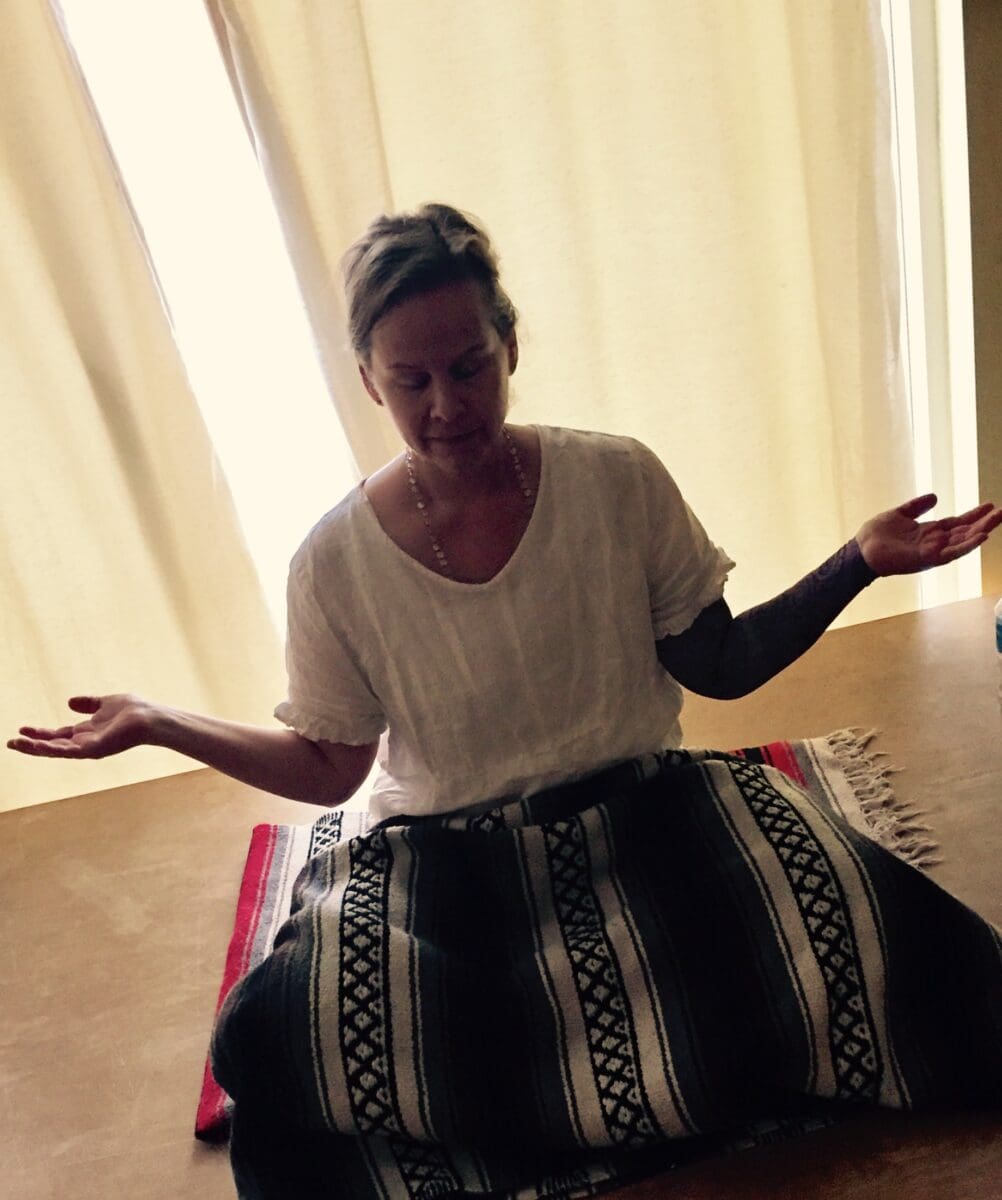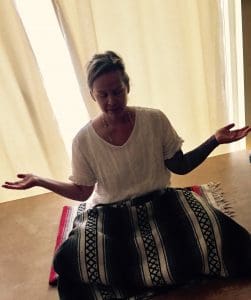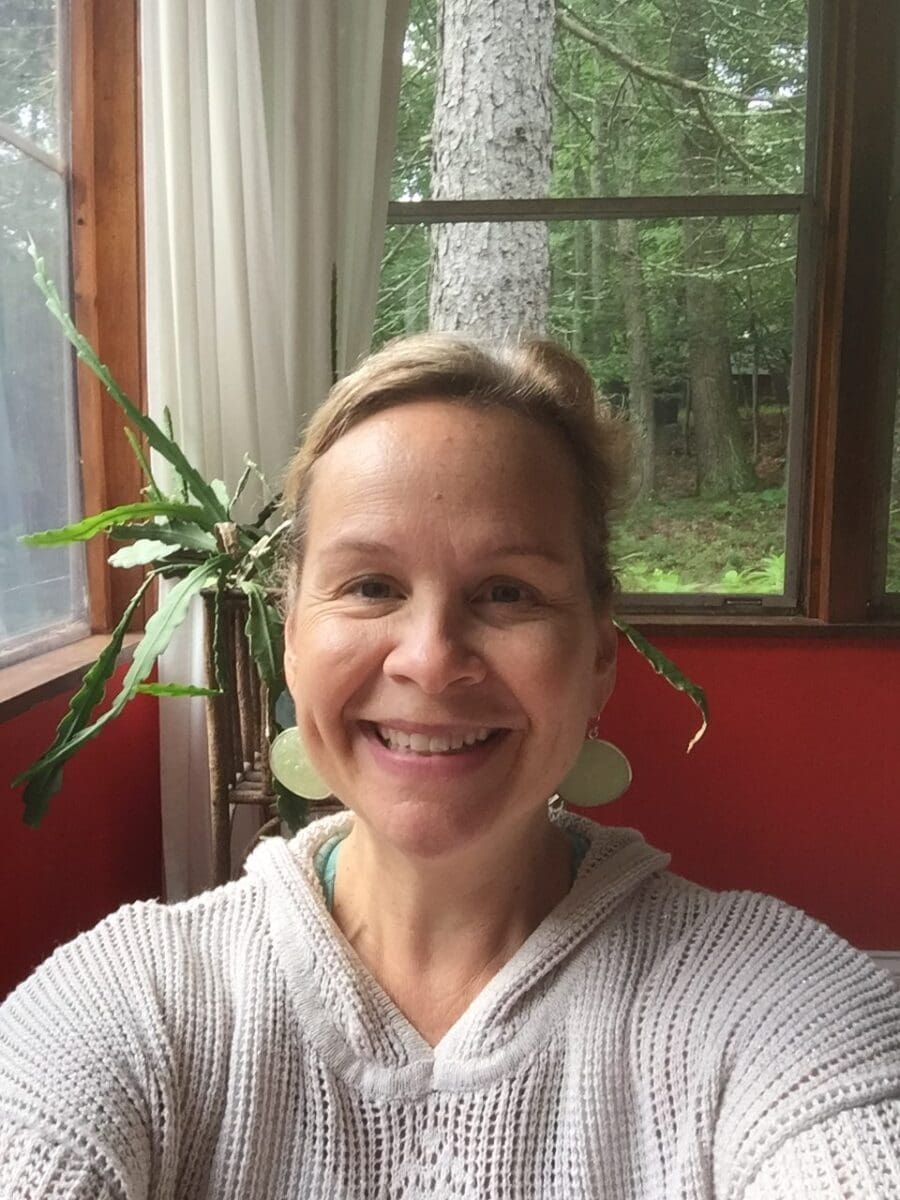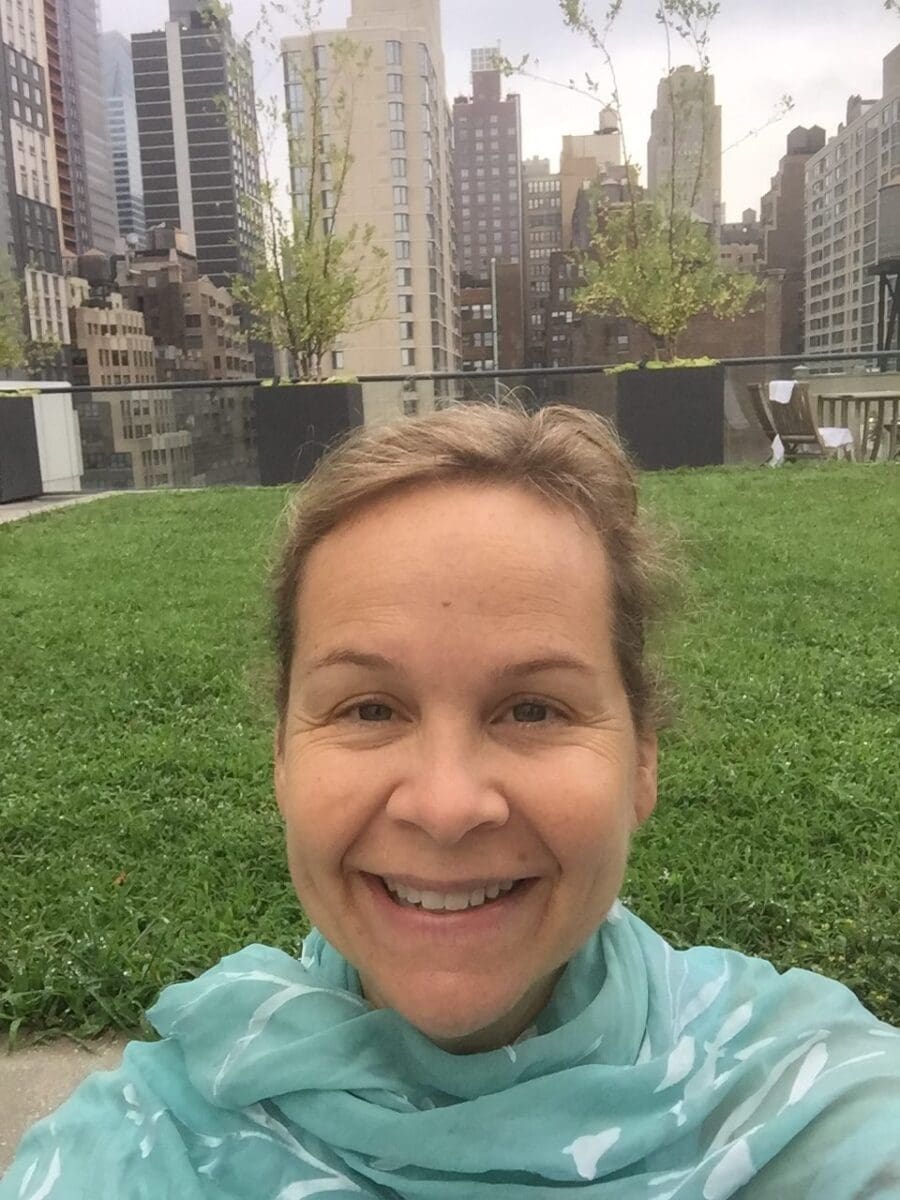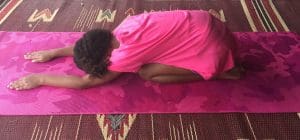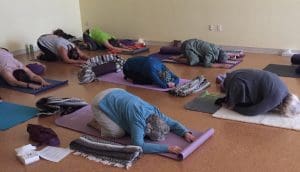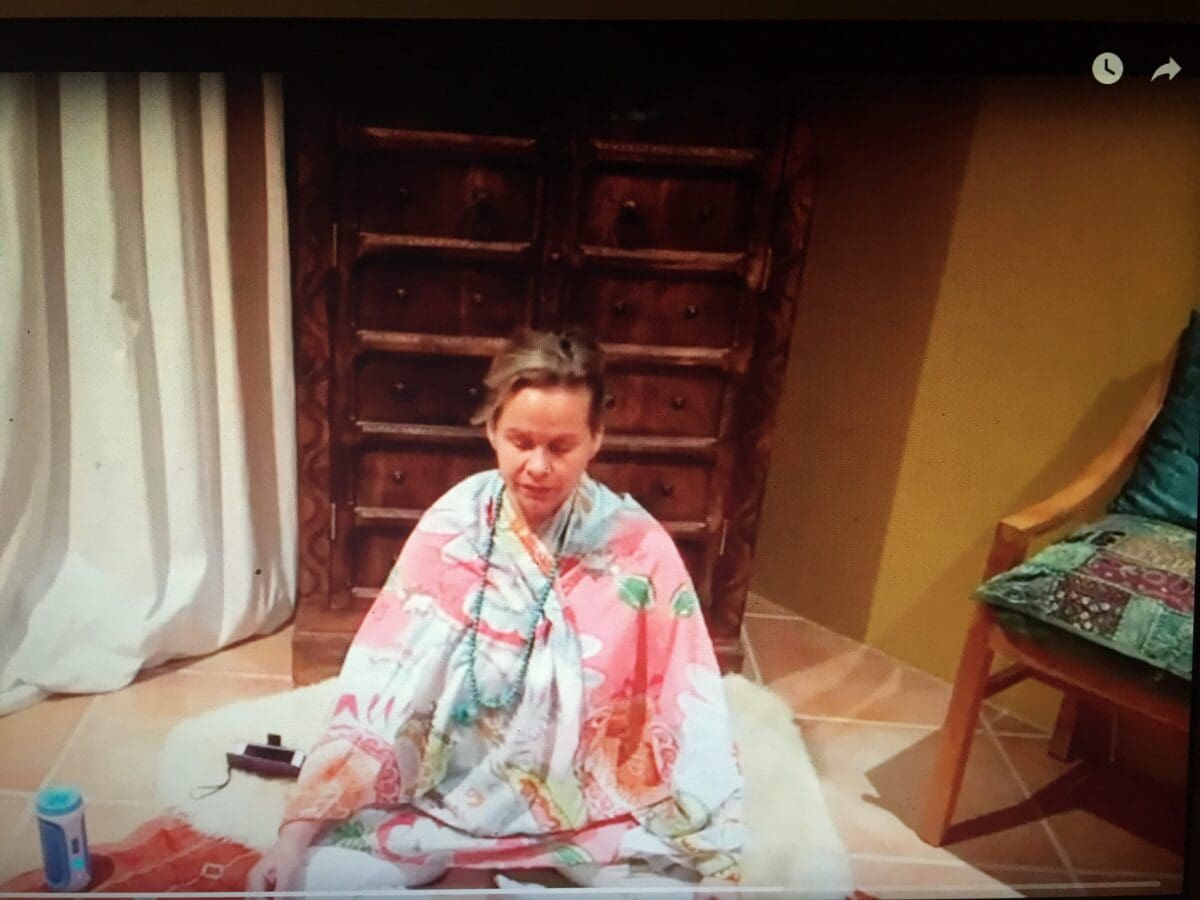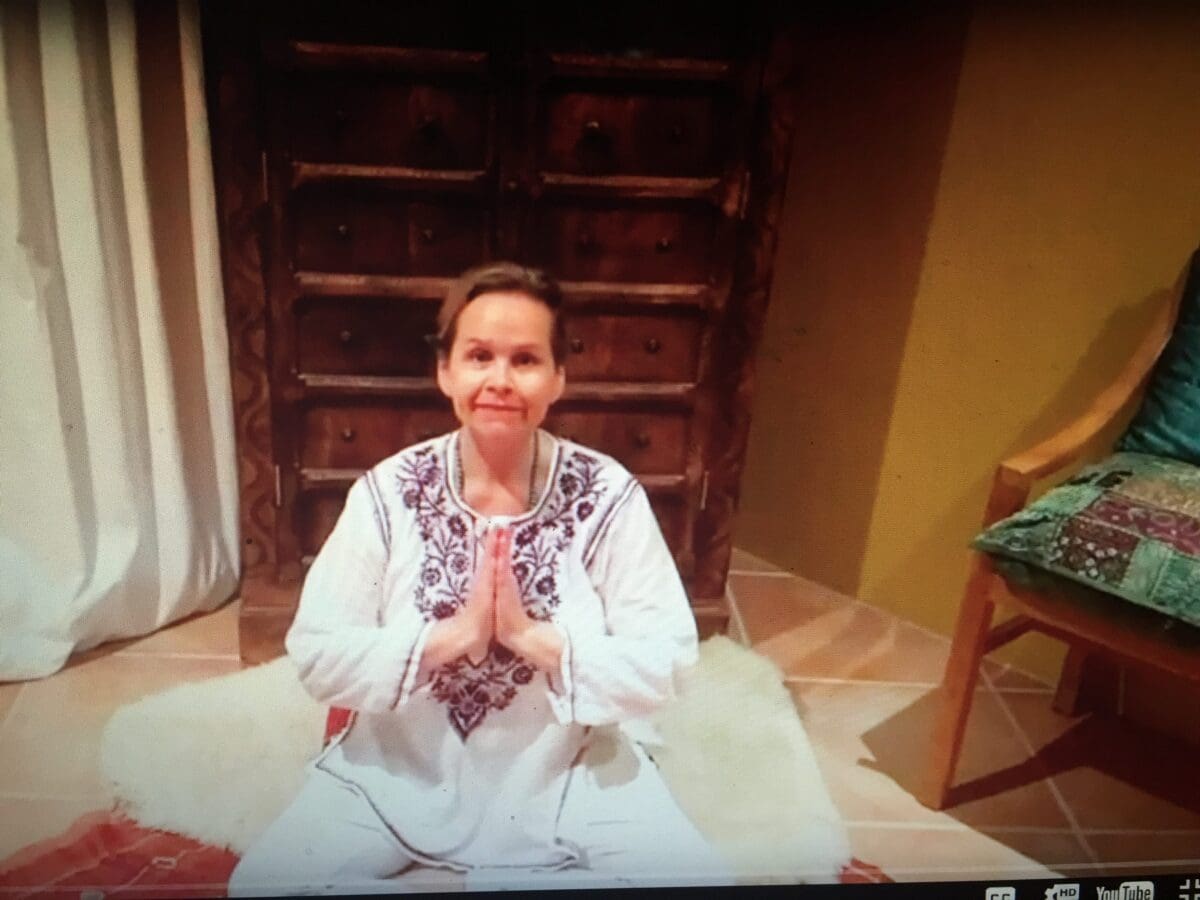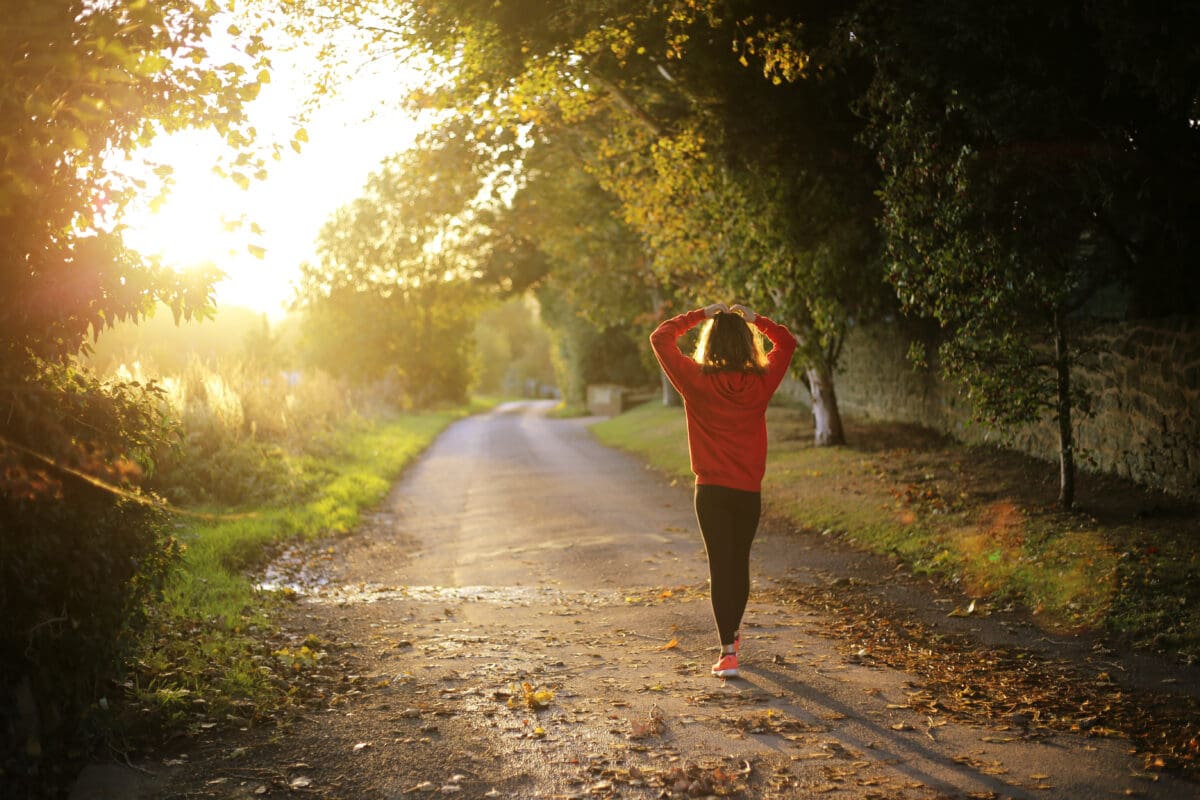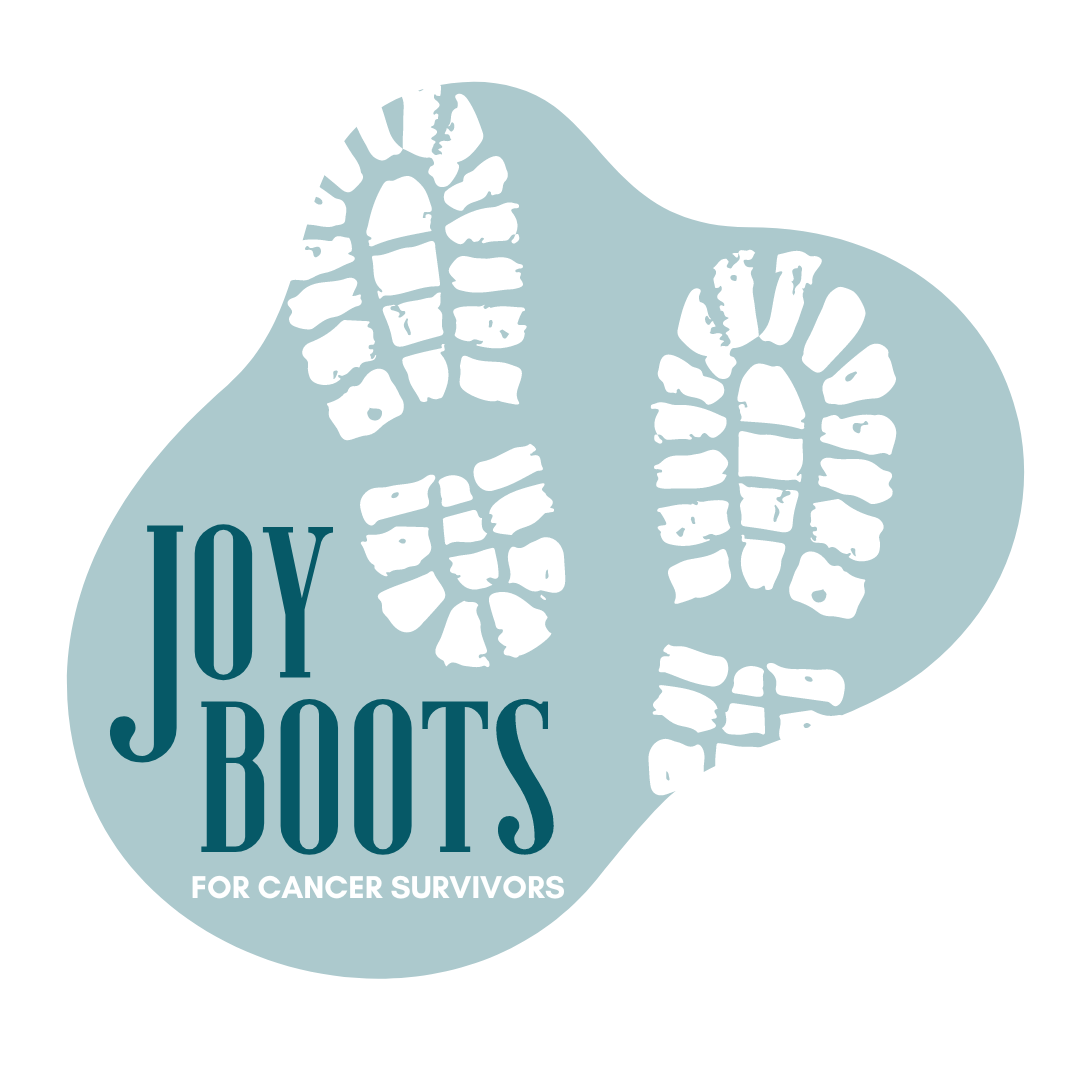“Life is not under your control, but the rhythm of life is.” Yogi Bhajan
Every morning, though fatigued, you get up and attempt a “normal” schedule. Much of your responsibilities relate to other people-children, spouse, coworkers, friends, elderly parents.
Even though you are depressed, you keep it to yourself so others don’t realize how scared, angry, or sad you are.
You are in pain, but when someone asks how you are doing, you momentarily forget and say “doing well!” Your “doing well” might be a crisis for someone who hasn’t been in the treatment or recovery frying pan.
When I began teaching yoga to cancer survivors 7 years ago, I noticed how deeply the ladies would relax during sivasana (the rest at the end of class). Having discharged tension and expanded their breathing, bodies and minds would melt into a feeling of safety and comfort.
I was surprised, however, and a little worried, when I saw them spring up and immediately drag themselves to a seated position as soon as they heard my voice begin to gently wake them from sivasana.
These ladies moved from 0-100 in a flash, their nervous systems activated as they complied with what they thought I expected which was contrary to the rest and slowness their bodies needed.
To help them slow down their return in future classes, I began to say: “Continuing to relax, bring your awareness back to your breathing,” so that they wouldn’t injure themselves jolting upright.
They needed explicit permission to listen to their bodies and go at their own pace.
Most of the people in my Yoga and Talk® Therapy Groups and classes have been very productive members of society. Health conscious, achievers, they have met the challenge of cancer head on with an inspiring will to overcome. They manage the side effects of treatment alone and often blame themselves for not feeling better quicker, not being more “productive” quicker, even while battling fatigue, pain, grief, lack of sleep, anxiety and depression.
One gift I enjoy offering is a safe place to experiment with going at the pace and rhythm that your body truly desires. They have at least one hour a week where there is NO GOLD STAR for pushing past your own limits and your natural resistance. We practice honoring the resistance from our bodies and breathing in to it.
I encourage students to value rest as much as exerting themselves in an exercise or posture and to “go at a pace that is so in tune with your body that it feels pleasurable.”
This experience of tuning in to your body during class can become a building block to use in other areas of life. Just like in class, in regular life you can give yourself permission to come to a neutral resting position for a few moments. You can sit or lie down, even if others are dancing around or kicking their legs, or running around busy and “productive.”
Just like in class, the most advanced practice is to go at your own pace and listen to your own body as it heals and rests.
It’s advanced because it’s a challenge on many levels. It requires noticing when you are pushing yourself, complying with the expectations of others, or competing with your neighbor. Once you begin to notice the pushing and the resistance, you can find your own pace.

